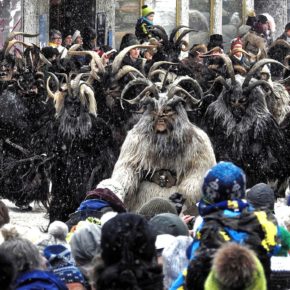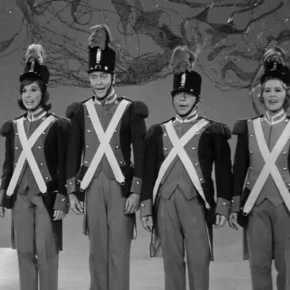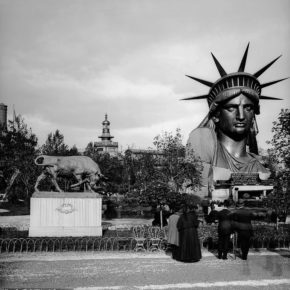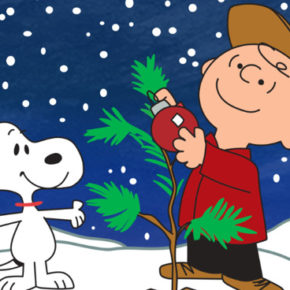On the cover of today’s Washington Post, there’s an article about the increasing number of injuries and fatalities on the Washington & Old Dominion multi-use trail. This is a popular trail for cyclists (commuters, enthusiasts and recreational riders alike), rollerbladers, joggers, walkers and even horseback riders.
Yet this year, the trail has seen a record number of fatalities (3), and record numbers of major accidents between various kinds of trail users, as well as cars where the trail crosses major roads. A friend of mine from PPTC suffered some major injuries in July when he had a head-on collition with a less-aware user on the Mount Vernon Trail, another popular multi-use path in the greater-DC area.
Many of these incidents can be traced to the increased use of the trail, especially during these times of high petrol prices. Having more users on the trail at the same time increases the chances of people getting hurt: congested trails with users who proceed at different speeds (and with different levels of recognition between users) make some stretches of the W&OD trail (as well as the similar Mount Vernon and Capital Crescent trails) seem like the traffic they parallel on the I-66 highway.
Now the media is taking notice, and the article inteviews quite a few who have experienced or witnessed some of the more unfortunate incidents on the trail. The consensus view seems to be that there needs to be more policing of “reckless users”: folks like fast road cyclists and rollerbladers. Additionally, more users need to exercise proper etiquette while using the trail: not standing abreast across the entire width of the trail (or even a lane), not drowning out one’s surroundings with headphones, etc.
As a cyclist in the area who tends to ride at a speed above the posted limits on the W&OD trail (which is 15 mph, in case you are wondering), I offer this bit of advice to the DC/MD/VA cycling community:
Save your high-speed riding for the roads, and ride with the flow on the trails!
It’s not like understanding the problem is very difficult: these trails were opened during times when cycling wasn’t seen as a viable commuting option by many in the greater DC area. And this year has seen a major upswing in the number of people using bikes for something other than an occasional cruise through the neighborhood. Also, enthusiast cycling has gained in popularity in the post-Lance age, more and more people are riding farther and faster than they used to.
Add to this mix the popularity of rollerblades, as well as the fact that shady, multi-use trails attract families out for a lazy stroll, and it’s easy to see where the conflict arises.
There’s discussion of adding very main-road-esque details to the W&OD to help slow down traffic. Things like speed bumps and rumble strips are being considered as speed deterrents. This is a possible solution, but it could also add another possible injury catalyst, as such things typically only work well for automobiles, which have a greater contact area with the pavement than do cyclists and skaters. Whereas a car can float over painted or excavated rumble strips without incident, it takes a decent amount of skill to be able to negotiate some rumble areas on a bike or on blades. Adding further danger are such things as rain, which seldom deters the most die-hard cycling and skating commuters.
So what’s the ideal soution? There really isn’t a single, all-encompassing solution that will make everybody happy. However, there are some things that can be done to help make things work better for all users:
- Cyclists need to slow down on multi-use trails. It’s fine to use them as a means to get somewhere, but these trails are not the place to train for the next USCF race, triathlon, or criterium.
- Cyclists and skaters need to ride in a predictable manner and signal their intentions. It’s a basic thing: when I assume that somebody is going to do something, as the old joke goes, I make an ass out of “u” and “me.” Yet there are quite a few trail users – cyclists, bladers, joggers, walkers – who drift as they use the trail, or bob-and-weave around other users, often scaring the folks they pass. If the speed is reduced and folks are predictable, that will take care of the majority of trail incidents.
- All users need to be aware of their surroundings. This means that those who choose to use headphones (iPods, CD players, radios, etc.) need to listen at a reasonable volume – and preferably, with an earbud in only one ear. That way, you can hear your music and keep in touch with the surrounding area.
- Users should not hog the trail. This means that all users should ride single file or two abreast, at most, and should resume single-file when others try to pass.
- Increase patrols with ticket powers, and have them enforce the rules. If a reckless cyclist, rider or jogger breaks the rules, they should get some form of deterrent – and losing some cash from the ‘ol piggy bank is a good way to do that.
- Put better signage at intersection for both trail users and cars. If the rumble strips and speed bumps are put in on the trail, they should similarly be put in place for the roads – let both sides know that the intersection is coming.













Comments by randomduck
virtual advent 2020: a fab holiday (and it’s been 40 years…)
@compassionknit: I think the issue is that John had Julian ...
ten on tuesday: the music died too young
Good call on those three!
my 30s: a look back
Thanks, Darren and Jeff! Jeff, riding along the California coast with ...